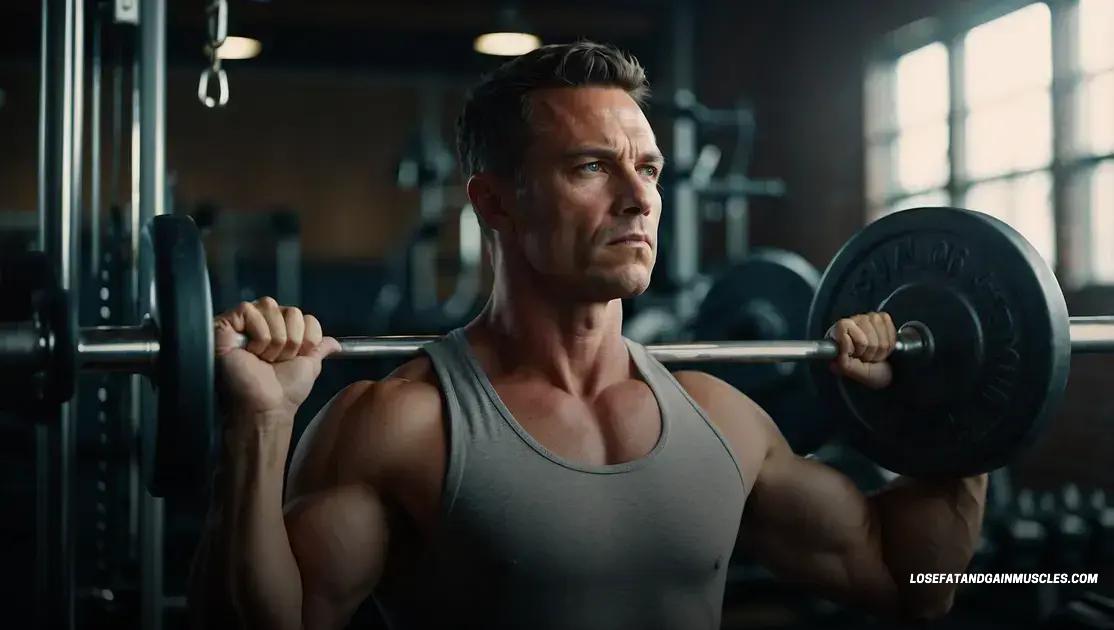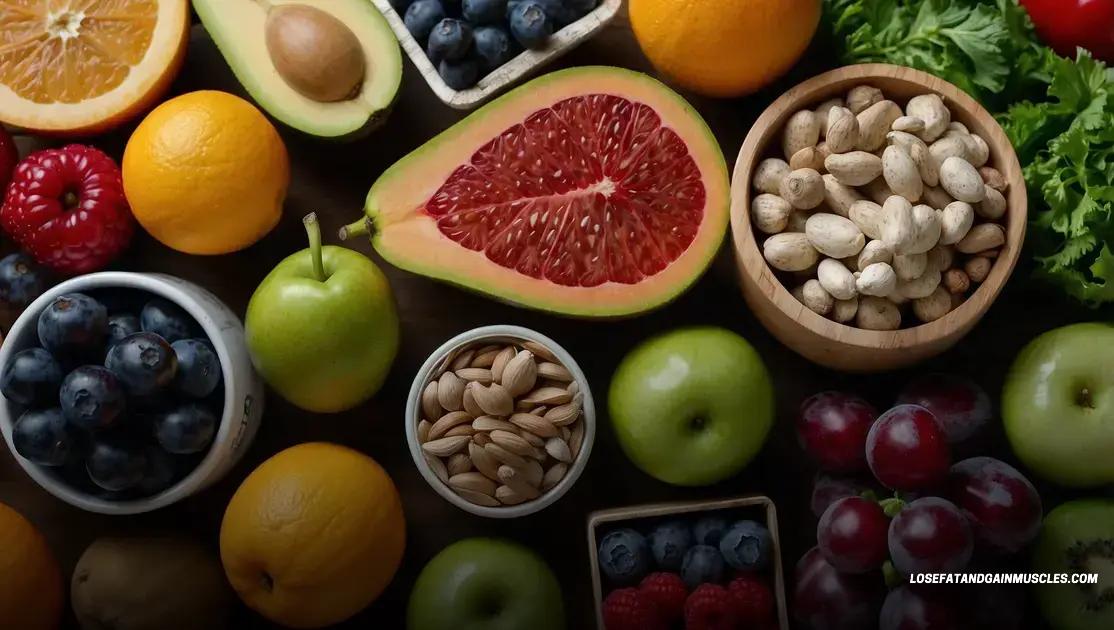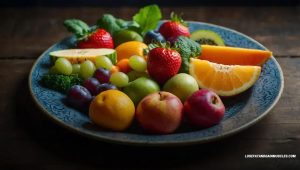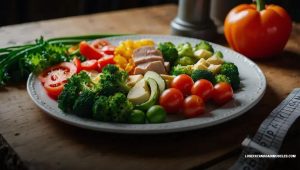Can You Gain Muscle and Lose Fat at the Same Time? Surprising Insights!
Yes, you can gain muscle and lose fat at the same time by focusing on body recomposition strategies that incorporate a balanced diet, effective workout routines like compound exercises and HIIT, and proper recovery methods. Consistency and the right nutrition are key to achieving both goals.
Can you gain muscle and lose fat at the same time? This question is at the forefront of many fitness enthusiasts’ minds. If you’re looking to achieve body recomposition, it’s essential to understand how to build muscle while losing fat. This article will guide you through effective strategies, from nutrition to workout plans, helping you navigate the journey towards lean gains and sustainable fat loss.
Understanding Body Recomposition
Understanding Body Recomposition is crucial for anyone looking to gain muscle and lose fat simultaneously. This process focuses on changing your body composition rather than just your weight. Body recomposition involves reducing fat while building lean muscle mass, which is essential for optimal health and appearance.
What is Body Recomposition?
Body recomposition is the process of altering your physical makeup. It means losing fat tissue and gaining muscle mass at the same time. Unlike traditional dieting, which often emphasizes weight loss solely, body recomposition targets a healthier body fat percentage and encourages muscle growth.
Why is Body Composition Important?
Your body composition is a more accurate reflection of your health than weight alone. Higher lean muscle mass contributes to a faster metabolism, improves physical function, and enhances overall well-being. It can also help reduce the risk of chronic diseases.
How to Achieve Body Recomposition
Achieving body recomposition involves a balanced approach combining nutrition and exercise. Following a structured training program that includes resistance training is crucial. By lifting weights, you can promote muscle growth while engaging in cardio helps to burn excess fat.
Tracking Progress
To understand if you’re effectively achieving body recomposition, track your body measurements, weight, and body fat percentage over time. This will provide insight into your progress and help you make necessary adjustments to your diet and exercise routine.
In summary, understanding body recomposition is a vital step for those who want to build muscle while losing fat. It promotes a healthier balance and enhances physical performance.
The Science Behind Muscle Growth and Fat Loss
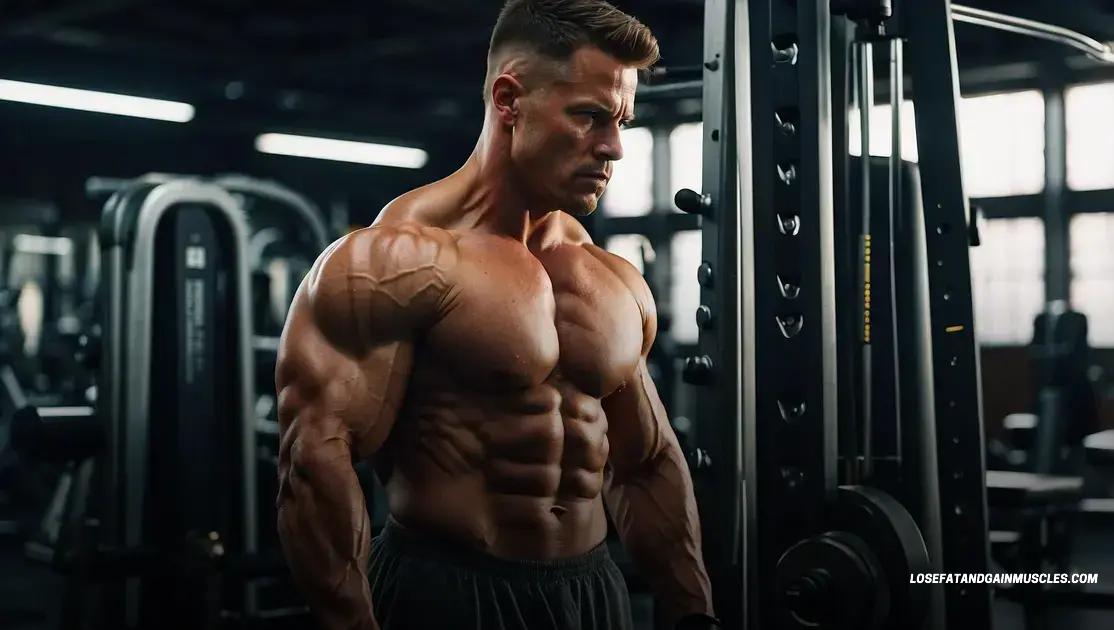
The Science Behind Muscle Growth and Fat Loss is a fascinating topic that sheds light on how our bodies change through exercise and nutrition. Understanding these processes helps us maximize our results when trying to gain muscle and lose fat simultaneously.
Muscle Growth Explained
Muscle growth, or hypertrophy, occurs when muscle fibers undergo stress during resistance training. This stress causes small tears in the muscle fibers, and during recovery, the body repairs these tears, making the muscles larger and stronger. This process is driven by protein synthesis, which is influenced by the type of exercise, nutrition, and hormone levels.
Fat Loss Mechanisms
For effective fat loss, the body needs to operate in a caloric deficit. This means burning more calories than you consume. When this occurs, the body uses stored fat as energy, leading to a reduction in body fat. Hormones like insulin, cortisol, and adrenaline play essential roles in this process, influencing how the body stores and burns fat.
The Role of Hormones
Hormones significantly affect both muscle growth and fat loss. For instance, testosterone and growth hormone promote lean muscle gain, while high levels of insulin can hinder fat burning. Balancing these hormones through a proper diet and exercise plan is crucial for effective body recomposition.
Impact of Nutrition
Nutrition is a vital component in driving both muscle growth and fat loss. Consuming adequate protein helps stimulate muscle protein synthesis, while healthy fats and carbohydrates provide the energy needed for high-intensity workouts. Eating a well-balanced diet that supports your fitness goals can greatly enhance your results.
Understanding Energy Balance
An understanding of energy balance is critical for anyone looking to change their body composition. By tracking your caloric intake and expenditure, you can better manage your weight and ensure that you’re on the right track to gaining muscle while losing fat effectively.
Effective Nutrition for Lean Gains
Effective Nutrition for Lean Gains is paramount for anyone looking to build muscle while losing fat. Proper nutrition fuels your workouts and supports recovery, making it essential for achieving your fitness goals.
Key Nutritional Components
To achieve lean gains, focus on three main nutritional components: protein, healthy fats, and carbohydrates. Each plays a unique role in muscle growth and fat loss.
Importance of Protein
Protein is crucial for muscle repair and growth. Aim for a daily intake of 1.6 to 2.2 grams of protein per kilogram of body weight. Include sources like chicken, fish, beans, and dairy in your meals. These rich protein sources help stimulate muscle protein synthesis, essential for developing lean muscle mass.
Healthy Fats Matter
Healthy fats are not the enemy; they support hormone production and provide energy. Incorporate sources such as avocados, nuts, seeds, and olive oil into your diet. These fats are beneficial for overall health and can help maintain a balanced diet.
Timing Your Carbohydrates
Carbohydrates are vital for replenishing energy levels. Focus on complex carbohydrates like whole grains, fruits, and vegetables. Timing your carb intake around your workouts can enhance performance. Eat carbs before exercise for energy and afterward to help replenish glycogen stores.
Hydration is Key
Don’t overlook hydration; it plays a vital role in overall performance. Drink enough water throughout the day to ensure optimal body function. Proper hydration supports digestion, nutrient absorption, and muscle recovery.
In summary, focusing on effective nutrition is critical for lean gains. Balancing protein, healthy fats, carbohydrates, and proper hydration will help you achieve your goals.
Workout Strategies to Build Muscle and Burn Fat
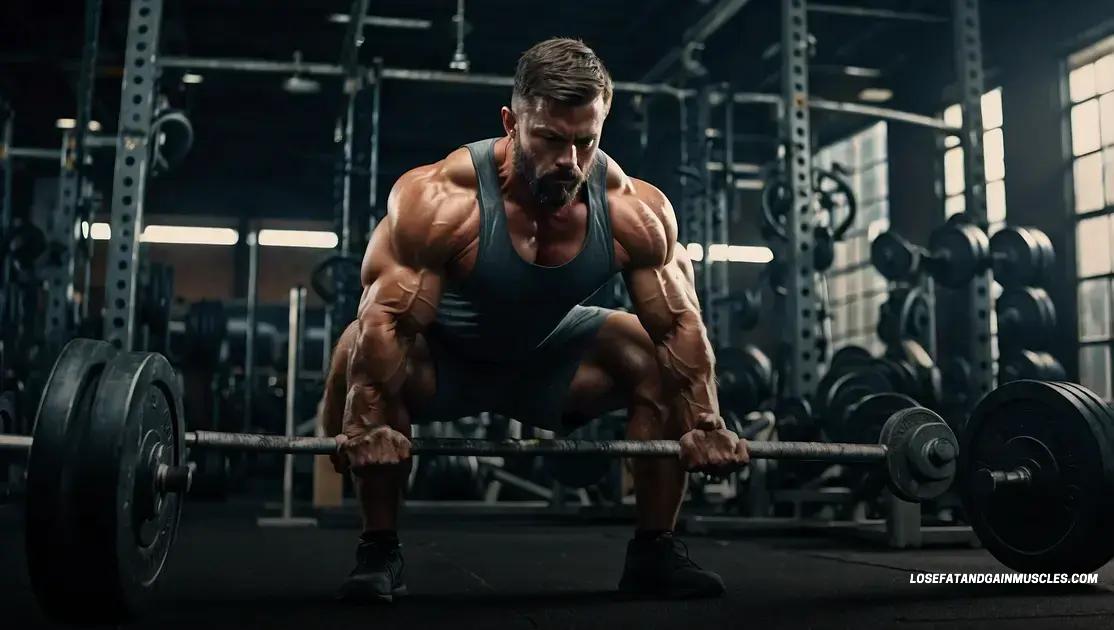
Workout Strategies to Build Muscle and Burn Fat are essential for anyone trying to gain muscle while losing fat. By combining the right exercises, sets, and rest periods, you can effectively achieve both goals.
Prioritize Compound Exercises
Compound exercises work multiple muscle groups at once. Examples include squats, deadlifts, bench presses, and pull-ups. These movements increase overall strength and stimulate more muscle fibers, leading to greater gains.
Incorporate High-Intensity Interval Training (HIIT)
HIIT is an excellent way to burn fat while preserving muscle. This format alternates periods of intense exercise with shorter rest periods. For instance, you might sprint for 30 seconds, followed by 30 seconds of walking. This increases your metabolism and helps in fat loss.
Use Progressive Overload
Progressive overload means gradually increasing the weight, reps, or intensity of your workouts. This principle is key to building muscle. By challenging your muscles consistently, you’ll encourage them to grow and adapt.
Focus on Frequency and Volume
To build muscle, train each muscle group 2-3 times per week. Combine this with the right volume: aim for 3-5 sets of 6-12 reps per exercise. Finding the right balance between frequency and volume will optimize your results.
Don’t Forget Recovery
Recovery plays a significant role in muscle growth and fat loss. Ensure you get enough sleep and rest days between workouts. This allows your muscles to repair and grow stronger while preventing overtraining.
By implementing these workout strategies, you can effectively build muscle while burning fat, achieving your desired body composition.
Common Myths About Muscle Gain and Fat Loss
Common Myths About Muscle Gain and Fat Loss can often mislead those on their fitness journey. Understanding these myths helps set realistic expectations and goals. Here are some prevalent misconceptions:
Myth 1: You Can’t Build Muscle and Lose Fat Simultaneously
Many believe you must choose between gaining muscle or losing fat. In reality, body recomposition, which involves building muscle while losing fat, is possible with the right strategy, nutrition, and workout regimen.
Myth 2: Lifting Heavy Weights Makes You Bulk Up
Some think that lifting heavy weights will automatically lead to a bulky physique. While heavy lifting promotes muscle growth, it does not mean you will become overly muscular without a specific dietary plan aimed at mass gain.
Myth 3: Cardio is the Only Way to Lose Fat
Though cardio is effective for fat loss, it is not the only option. Resistance training is also crucial for maintaining muscle mass while burning fat. Incorporating both strength training and cardiovascular exercises is key for optimal results.
Myth 4: You Have to Eat a Lot of Protein to Gain Muscle
While protein is essential for muscle growth, overeating it will not result in faster gains. The body requires a balanced diet, and excess protein can be converted to fat if caloric intake is too high.
Myth 5: Supplements are Essential for Success
Many believe that taking supplements is necessary for muscle gain and fat loss. In reality, a well-rounded diet with whole foods should provide most of the nutrients you need. Supplements can enhance results but are not mandatory.
By debunking these common myths, you can better focus on effective strategies for building muscle and losing fat simultaneously.
In Summary: Can You Gain Muscle and Lose Fat at the Same Time?
Gaining muscle while losing fat is not just a dream; it is a realistic goal with the right approach. By understanding body recomposition, focusing on effective nutrition, and implementing strategic workout plans, you can achieve your desired body composition.
Recognizing common myths is vital for setting appropriate expectations and avoiding pitfalls along the way. Incorporating compound exercises, high-intensity training, and maintaining a balanced diet are key strategies in this journey.
Remember, the process takes time and patience. Stay consistent, listen to your body, and adjust as needed to see the results you desire.
FAQ – Frequently Asked Questions About Gaining Muscle and Losing Fat
Can I really build muscle and lose fat at the same time?
Yes, with a proper strategy that includes effective nutrition and a well-structured workout plan, you can achieve both goals simultaneously.
What is body recomposition?
Body recomposition refers to the process of changing your body composition by gaining muscle and losing fat simultaneously.
How much protein do I need for muscle growth?
Aim for a daily intake of 1.6 to 2.2 grams of protein per kilogram of body weight to effectively support muscle growth.
Do I need to lift heavy weights to gain muscle?
While lifting heavy weights is important for muscle growth, incorporating a variety of resistance training exercises at different weights is also beneficial.
Is cardio necessary for fat loss?
Cardio can help with fat loss, but it’s not the only method. Resistance training is equally important for maintaining muscle mass while losing fat.
What are some common myths about muscle gain and fat loss?
Common myths include the belief that you must choose between muscle gain or fat loss and that supplements are essential for success.
